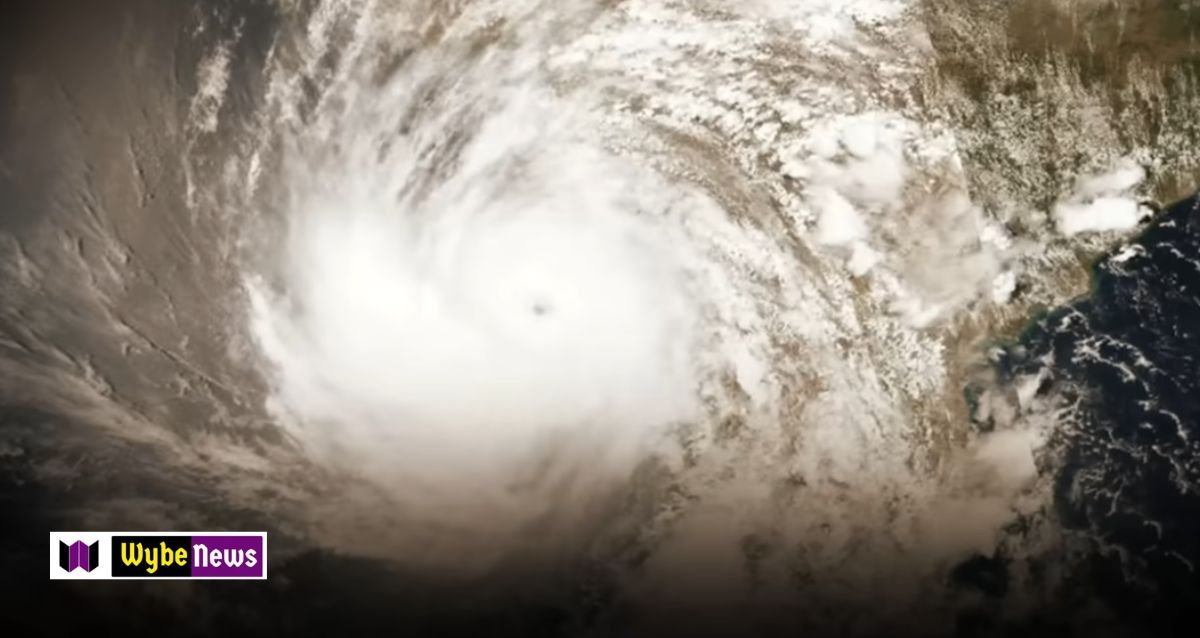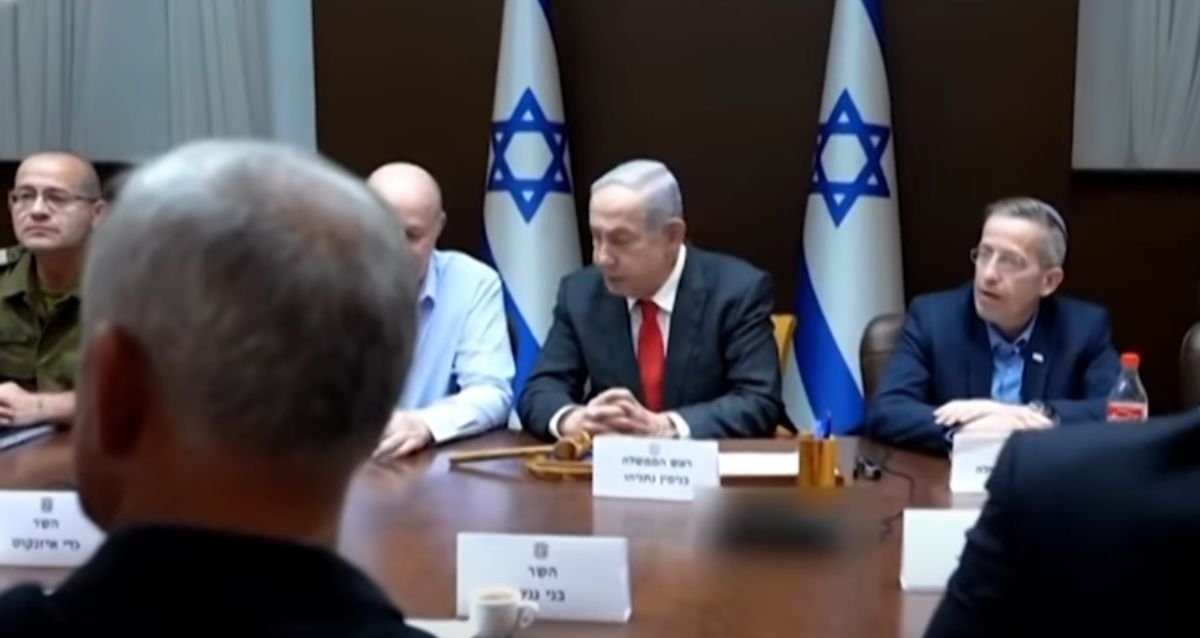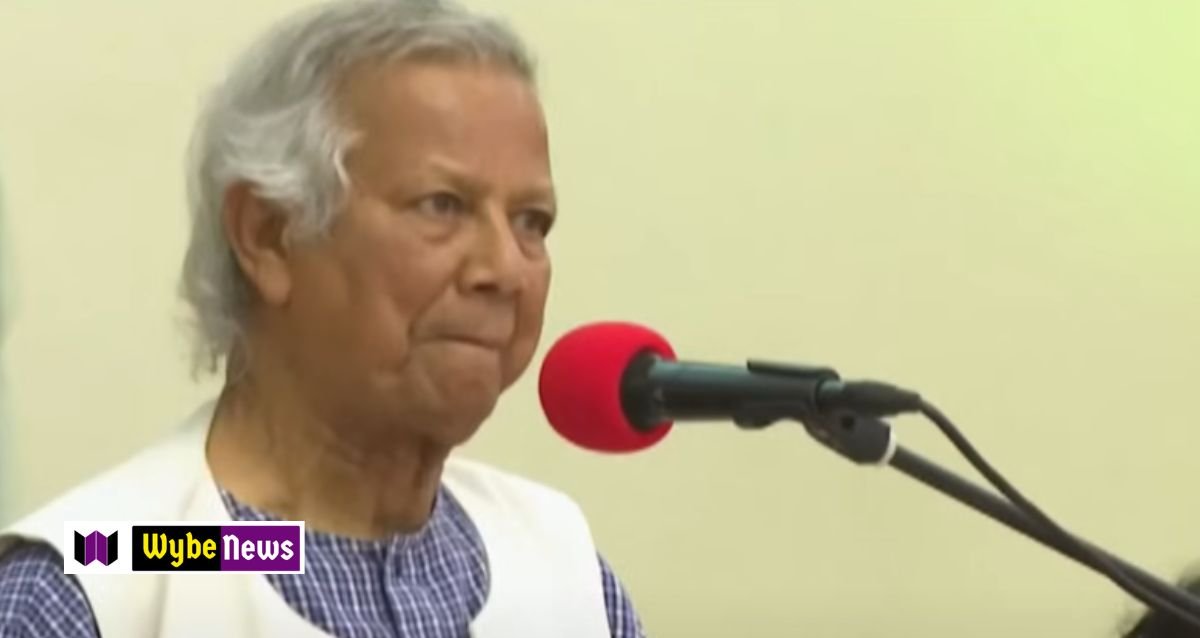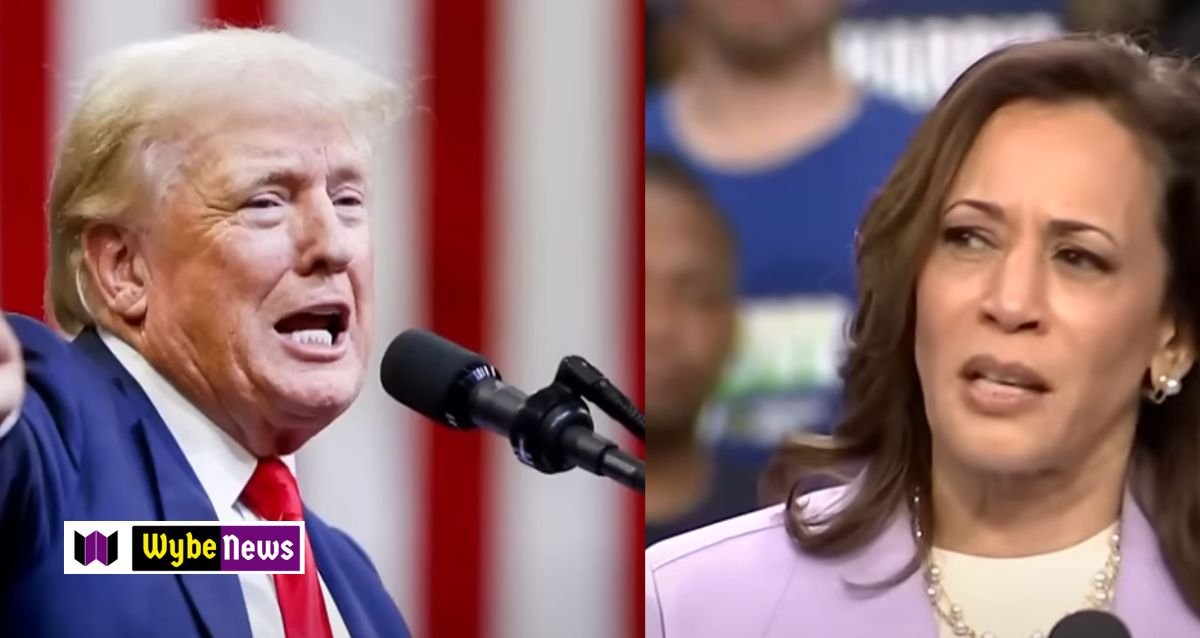Mohammad Mokhber to Serve as Iran’s Interim President Following Raisi’s Death in Helicopter Crash
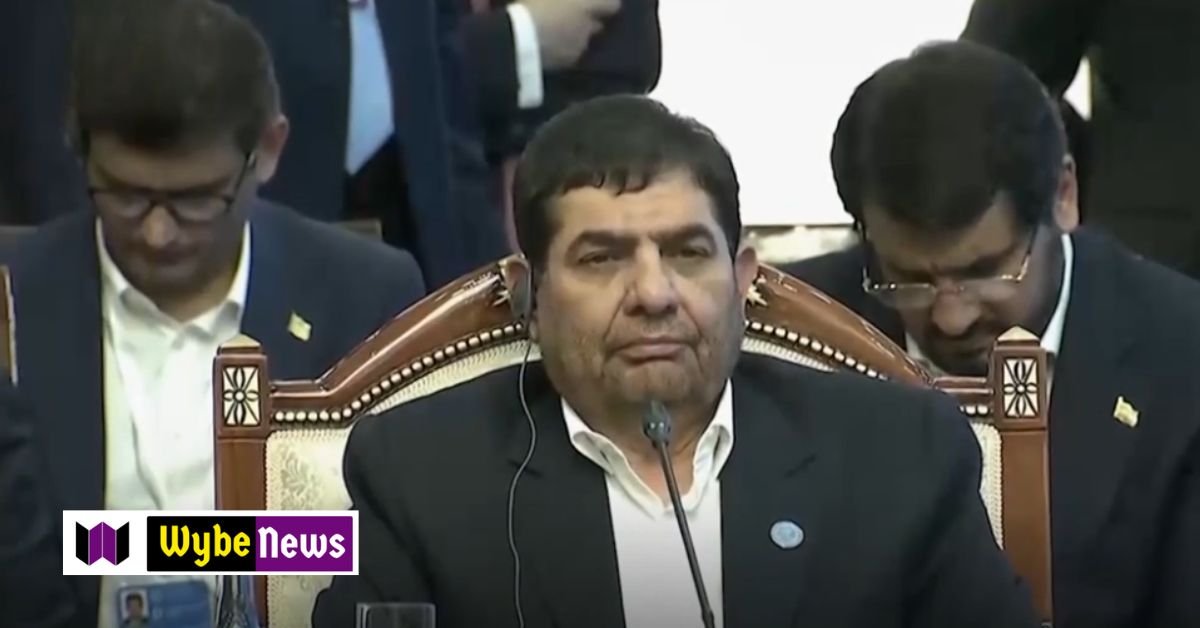
Mohammad Mokhber: Background and Ascension to Interim Presidency
Following the sudden and tragic death of President Ebrahim Raisi in a helicopter crash, Mohammad Mokhber, Iran’s first vice president, is set to assume the role of interim president. Mokhber, 68, will lead a three-person council responsible for organizing a new presidential election within 50 days, as mandated by the country’s constitution. This council also includes the speaker of parliament and the head of the judiciary.
Born on September 1, 1955, Mohammad Mokhber has a long-standing career in Iranian politics and governance. He is closely tied to Supreme Leader Ali Khamenei, who holds ultimate authority over Iran’s state affairs. Mokhber’s connection to the Supreme Leader is a critical aspect of his political journey, providing him with a substantial degree of influence and trust within the highest echelons of Iranian leadership.
Mokhber ascended to the role of first vice president in 2021 following Raisi’s election victory. His appointment was a strategic move, reflecting both his political acumen and his loyalty to Khamenei. Prior to this, Mokhber held various significant positions within the government, demonstrating his extensive experience and capability in managing state affairs. His tenure as the head of the Execution of Imam Khomeini’s Order (EIKO), a powerful economic and charitable organization, further cemented his reputation as a competent and reliable leader.
In the wake of Raisi’s untimely demise, Mokhber’s role as interim president places him at the forefront of navigating a crucial period of transition for Iran. His leadership during this interim phase is vital for maintaining stability and continuity within the government. Given his experience and the backing of the Supreme Leader, Mokhber is well-positioned to guide the country through this challenging time and ensure the smooth conduct of the upcoming presidential election.
Mokhber’s Controversial Past and International Involvements
Mohammad Mokhber’s career has been marked by significant controversies and international scrutiny. Previously, Mokhber headed Setad, an influential investment fund closely linked to Iran’s Supreme Leader. His tenure at Setad has not been without its share of issues. In 2010, the European Union sanctioned Mokhber for his alleged involvement in Iran’s nuclear and ballistic missile activities. Although these sanctions were lifted two years later, the episode cast a long shadow over his professional reputation.
Further complicating his international image, the U.S. Treasury Department sanctioned Setad and 37 of its affiliated companies in 2013. This action highlighted Mokhber’s connection to entities that were under global watch for their roles in Iran’s controversial activities. The sanctions were part of a broader effort to curb Iran’s financial networks that were believed to be supporting illicit activities.
Mokhber’s role in international military agreements has also drawn considerable attention. In a notable instance, he was part of an Iranian delegation that visited Moscow in October. The delegation negotiated the supply of surface-to-surface missiles and drones to Russia’s military. This mission included senior officials from Iran’s Revolutionary Guards and the Supreme National Security Council, underscoring Mokhber’s significant role in Iran’s strategic military alignments.
As Mokhber steps into the role of Iran’s interim president, his past actions and affiliations will likely influence his leadership style and decision-making processes. Given his controversial past and international involvement, the upcoming weeks will be critical for Iran. The nation is navigating a transitional period while preparing for a new presidential election amidst ongoing regional and international tensions. Mokhber’s leadership during this time will be closely watched, both within Iran and by the international community.

